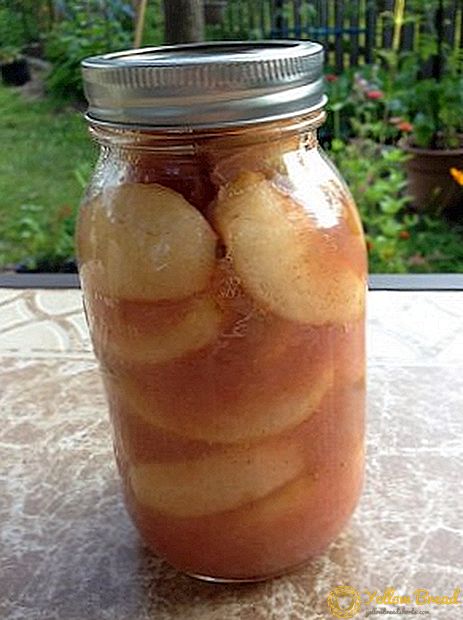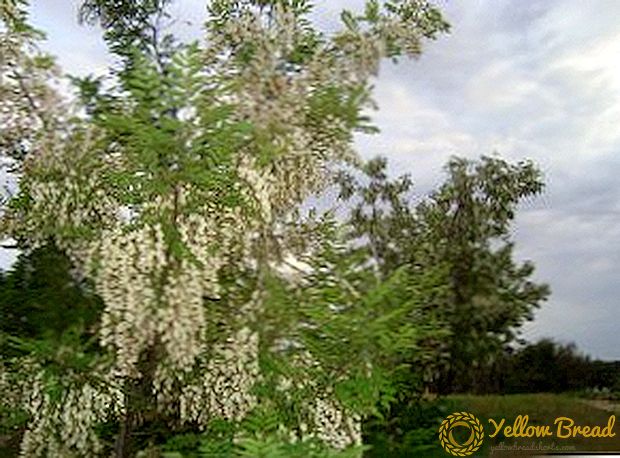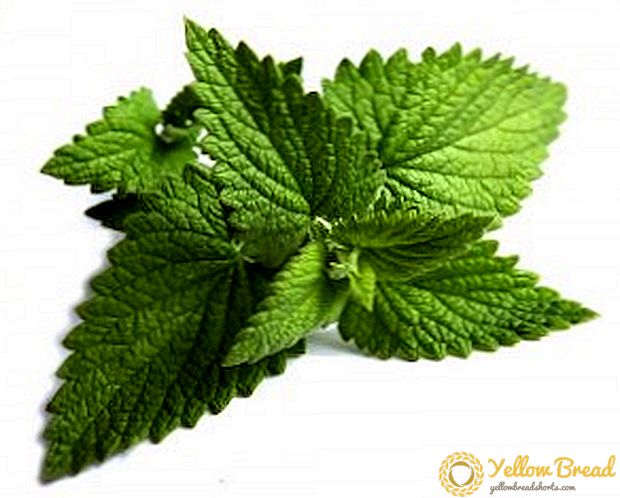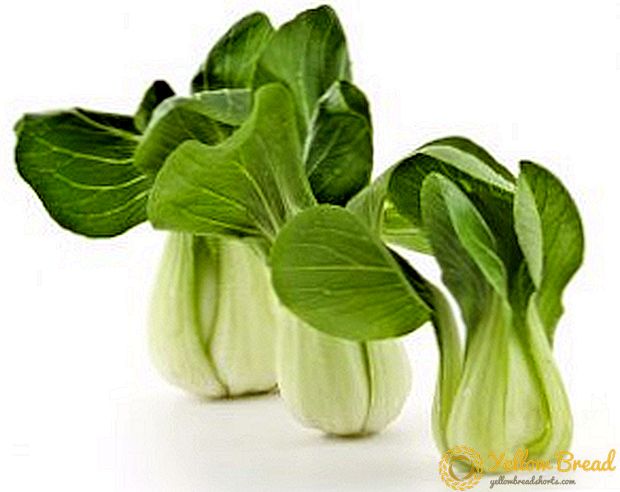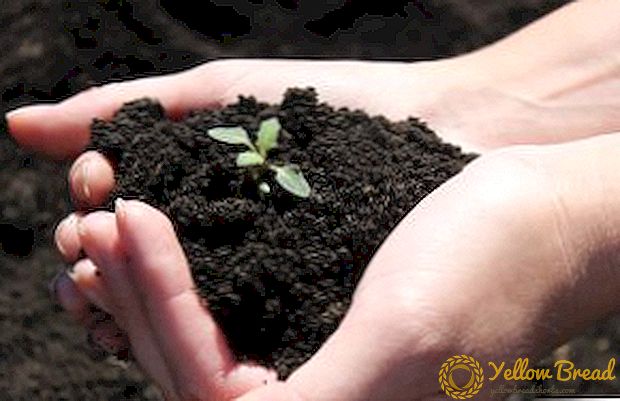 Often we think about the need to feed the soil and increase yields in our garden or vegetable garden. Here fertilizers come to our aid. Naturally, preference should be given to its organic species. In this case, we really saturate the soil with useful vitamins and minerals and do not harm the crop. One of the best natural fertilizers is sapropel, and we will find out what it is and how to use it.
Often we think about the need to feed the soil and increase yields in our garden or vegetable garden. Here fertilizers come to our aid. Naturally, preference should be given to its organic species. In this case, we really saturate the soil with useful vitamins and minerals and do not harm the crop. One of the best natural fertilizers is sapropel, and we will find out what it is and how to use it.
- Fertilizer description
- Little about the process of obtaining
- Useful properties of the substance
- For plants
- For soil
- How to apply sapropel: detailed instructions for different crops
- How to apply in its pure form
- Use as a part of compost
- How to choose the right quality sapropel: tips and tricks
Fertilizer description
Sapropel is a product of the decay of plants and living organisms, plankton and soil humus, which accumulates at the bottom of freshwater, stagnant water bodies. The name comes from the Greek words "sapros" - rotten and "pelos" - silt, dirt. Unique feeding is suitable for almost all vegetation. Due to its organic origin and good absorbability, it gives very fast results. 
Little about the process of obtaining
Extraction of sapropel is a laborious process. Depending on the size and depth of the reservoir, the ways of its extraction from the bottom also change. For the extraction of natural resources on an industrial scale are used dredger machines. Due to the power of this option is the most effective, from the bottom rises immediately a large amount of silt, while not causing damage to the lake due to water intake.
If the organic fertilizer is at a very large depth, the well method of extraction is also used, which is not inferior in efficiency, but very costly.
There are also mini-dredgers that make the extraction of natural resources more accessible. Manual dredgers weigh from 15 to 200 kg and are capable of providing production of 30 cubic meters. meters of fertilizer per hour. Such devices simply transported in the presence of a car trailer.  But not everyone can afford such equipment, not everyone needs such amounts of fertilizer. In this case, let's see how to get sapropel with your own hands.For this method, we need a special inventory, namely, villas and wires. With the help of the wire you need to make a "perforated" shovel, winding it between the teeth of the villas. You can use this method of extraction only in a shallow marsh area, lifting sludge from the bottom.
But not everyone can afford such equipment, not everyone needs such amounts of fertilizer. In this case, let's see how to get sapropel with your own hands.For this method, we need a special inventory, namely, villas and wires. With the help of the wire you need to make a "perforated" shovel, winding it between the teeth of the villas. You can use this method of extraction only in a shallow marsh area, lifting sludge from the bottom.
Useful properties of the substance
Silty fertilizer is very rich in vitamins and trace elements, it contains potassium, sodium, copper, zinc, ash, sodium, phosphorus, as well as various enzymes and carotinoids. The origin of fertilizer plays an important role, since the composition of sapropel also changes depending on the flora and fauna of the reservoir.
For plants
This organic fertilizer and its use for plants has been known to gardeners for a long time. It is used to extend the flowering of ornamental plants, increase the survival rate of seedlings, strengthen the root system of trees, increase the yield and improve the quality of the final product. 
For soil
An indispensable aid to this fertilizer will be to improve the composition of the soil and saturate it with vitamins and minerals.
The use of such complementary foods guarantees:
- heavy soil loosening;
- increased humus content;
- formation of a fertile layer on sandy and clayey areas;
- reduction of watering due to the fact that sapropel retains moisture in the soil;
- getting rid of pathogenic bacteria, fungi and even nitrates.

How to apply sapropel: detailed instructions for different crops
The range of application of this natural resource is very wide. It is used for feeding a variety of plants, including indoor.
How to apply in its pure form
Sapropel can not harm plants, so using it for a vegetable garden is absolutely safe. Most often it is added directly to the soil before planting.
When sowing flowers, lawn grass or small seed crops, it is necessary to dig up the soil with fertilizer in the ratio of 1: 3. This dressing will accelerate the germination of seeds, prolong flowering and protect plants from pests and diseases. When planting fruit trees, fertilizer is mixed 1: 6 with the soil, added to the pit for planting seedlings. Thus, trees will take root faster and will bear fruit well.
For top dressing of indoor plants, mix the food with planting ground 1: 4.
Use as a part of compost
The use of sapropel in the garden is also possible as part of compost. In order to make such an organic fertilizer an optimal ratio of silty feeding with manure will be 1: 1. Burt lay out layers, the first and last layer must be sapropelic. You do not need to tamp the collar, for the quick preparation of the compost layers must remain loose. If the procedure is carried out in spring or early summer, then after three months you can fertilize the soil.
How to choose the right quality sapropel: tips and tricks
In order to choose a really high-quality organic fertilizer, it is necessary to pay attention to where the silt was obtained. It is extremely important that the natural resource is extracted from the bottom in ecologically clean areas, in no case near the roads and factories. Important and its consistency, sapropel should be well dried and resemble ash. 


